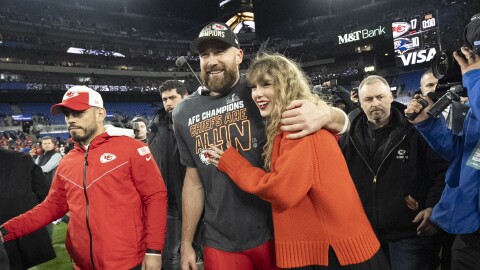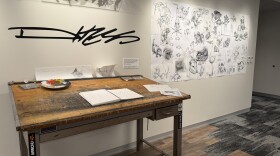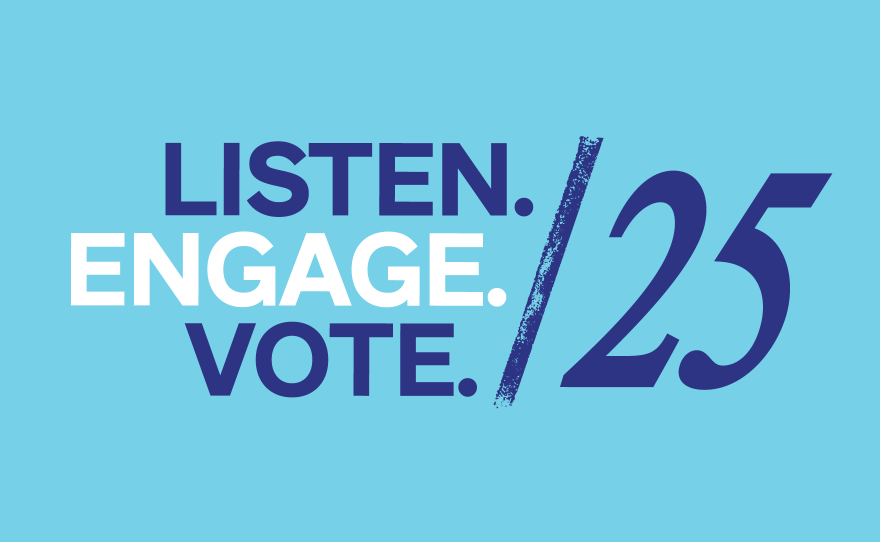Voters elected three new Akron school board members and reelected another current member but ousted the board's president.
Latest Headlines
- Pop culture in 2025: A ring for Taylor, an ill-timed KissCam... and whatever ‘6-7’ means
- Why your holiday gift returns might go to a landfill and what you can do about it
- Cuyahoga County wraps up first year of environmental stewardship through Fresh Water Institute
- Marijuana rescheduling would bring some immediate changes, but others will take time
- Why do airline computer systems fail? What the industry can learn from meltdowns
Editors' Picks

We look back at the local news stories of 2025, starting with the Browns plan to move to Brook Park, and what that means for Cleveland's lakefront.
-
North Korea's state media released photos Thursday of what it said was the hull of a nuclear submarine. Its leader denounced South Korea's plans to build its own subs as "an offensive act."
-
President Trump made the announcement late Thursday on social media, saying the strike was in response to the Islamic State targeting Christians in Nigeria.
-
The agreement means a new home in Kent for Bio-Med Science Academy's kindergarten-through-sixth-grade program.
-
During his first Christmas Day message, Pope Leo XIV highlighted the suffering in Gaza, Yemen and among migrants, and called for peace in troubled regions like Lebanon, Ukraine and Syria.
-
The Justice Department said Wednesday that it may need a "few more weeks" to release its records on the late sex offender Jeffrey Epstein after discovering more than a million potentially relevant documents.
-
Wednesday's Christmas Eve drawing ended the lottery game's three-month stretch without a top-prize winner. Final ticket sales pushed the jackpot higher, making it the second-largest in U.S. history.
-
The American Red Cross is holding blood drives across Northeast Ohio to head off potential shortfalls due to winter weather canceling future blood drives.
-
After a multi-state settlement with Kia and Hyundai, Ohio Kia and Hyundai drivers could be eligible for compensation and free anti-theft protection
-
Ohio was required to draw a new congressional map, and how it got approved was a surprise to many.






















